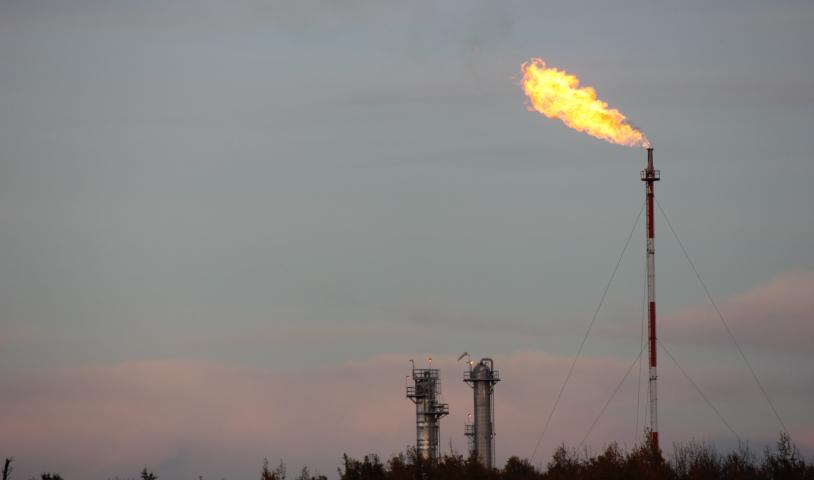The smoking gun: B.C.’s private power operators are killing salmon. What happens next?
Sunday, March 11, 2012
In devastating contradiction to repeated public claims by British Columbia’s independent power producers, federal documents revealed today in the Vancouver Sun by my intrepid colleague Larry Pynn show run of river hydro operations are chronic fish killers.
You can link here for Larry’s story, and to review some of the documents.
Despite what environmental groups have argued, independent power producers have consistently denied that their projects represent a threat to Pacific salmon or related seagoing salmonid species such as steelhead. Regarding a recent run of river hydro project on the Ashlu River near Squamish, which attracted then-BC environment minister Barry Penner to its grand opening, independent power producers consistently argued that the only fish to be impacted would be a few undernourished rainbow trout.
That turns to be an understatement of the facts.
Government has always used that rationale in public to sustain its support for IPPs — specifically, that salmon and steelhead don’t get impacted by IPPs. A lack of impact on salmon has always been the publicly stated threshold for justifying the construction of IPPs on BC creeks and rivers. At worst, they’ve presented the argument that natural migration barriers (such as waterfalls) prevent steelhead and salmon from migrating into sections of streams where IPPs could or do operate.
The reality is quite different.
The documents include eyewitness accounts by employees of the Department of Fisheries and Oceans of salmonid deaths as a result of drawdowns of streams to divert water to run of river hydro turbines.
Until now there was no smoking gun in the form of documented accounts of salmon and steelhead kills available in the public domain – although the documents indicate that both levels of government knew otherwise.
There’s no longer a reason to accept the IPP sector’s claim that it’s generating green power, nor claims by BC Hydro or the provincial government to the same effect.
From a purely commercial perspective, this information greatly diminishes British Columbia’s efforts to market its run of river hydro power to California and other U.S. markets as “green power.”
Does anyone in B.C. expect regulators in Washington, Oregon or California to regard that characterization as a credible reason to pay more for B.C. electricity than power coming from a coal-fired generating plant, in light of the eyewitness accounts in the documents by government officials?
BC Hydro’s portrayal of run of river power as environmentally friendly is also open to challenge: Here’s what Hydro says about its criteria for selecting IPPs:
Low environmental impact: The project must avoid unacceptably high environmental impacts such as damage to fish populations, endangered species or air quality.
The New Democrats tried to make an issue of this in the last provincial election. This time around, however, they’ve got more than conjecture to work with.
This isn’t the death knell for small, non-public hydroelectric generation projects in B.C. but it’s going to make life uncomfortable for the provincial government and BC Hydro to get new projects approved, or to manage a likely upswell in demand for a full, transparent audit of existing projects.
For example, Hydro has posted a list of 42 existing “Green” run of river IPPs on its website. I don’t envision those being decommissioned.
But there may be anxious days ahead for a further 34 run of river projects that are still in development.





